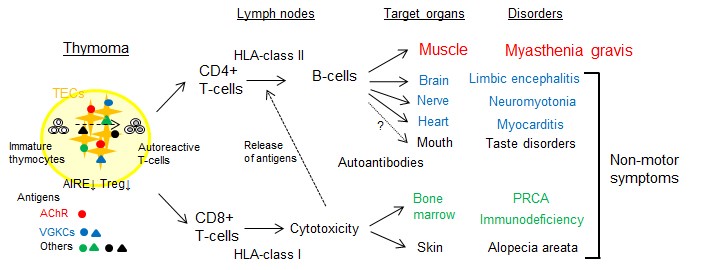-
Affiliation
-
School of Medicine, Department of Internal Medicine (Neurology) Department of Neurology (Shinanomachi)
-
Position
-
Associate Professor
-
Related Websites
-
Contact Address
-
Shinanomachi, Shinjuku-ku
-
Telephone No.
-
+81-3-5363-3788
-
Fax No.
-
+81-3-3353-1272




